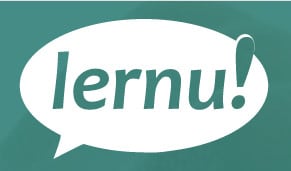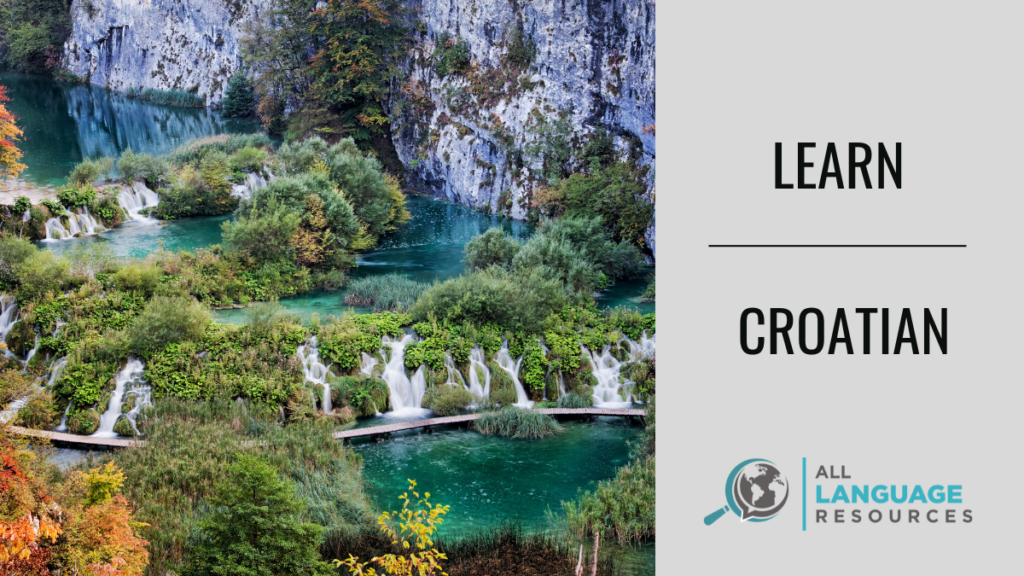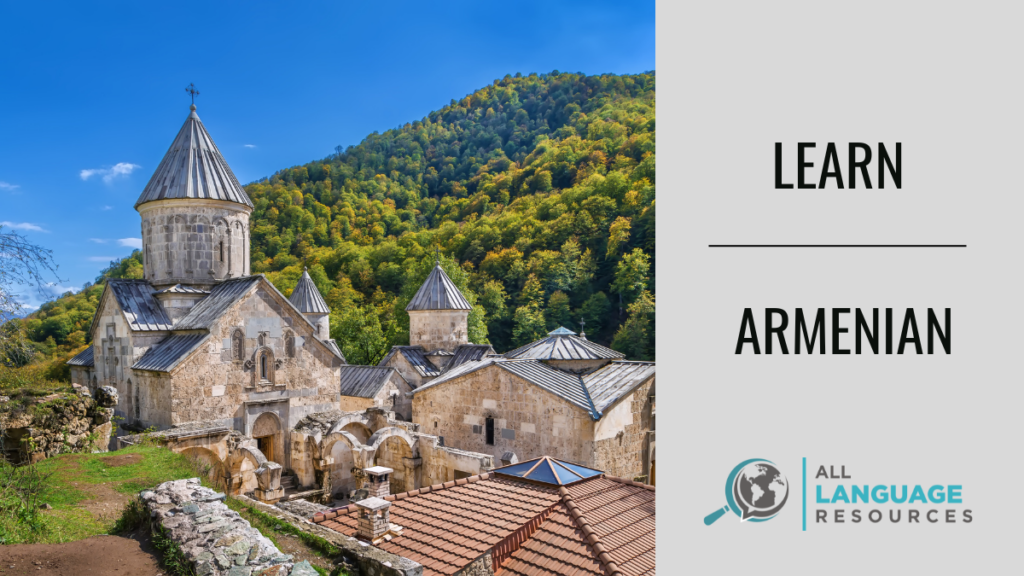Comme une Française Mini-Review: Understanding French Culture
Comme une Française’s YouTube Channel
Summary
The Comme une Française YouTube channel helps non-native speakers at a lower-intermediate level understand the subtleties of the living language. It’s run by Géraldine LePère, who lives in Grenoble, France. Géraldine’s engaging videos explain how French people really speak day-to-day, as opposed to textbook French. Some videos discuss pronunciation and real-life grammar; others touch on cultural topics, such as how to order coffee or make a toast like a French person. You can find written transcripts for the videos, as well as links to related material, free of charge on the Comme une Française blog. One potential issue with the Comme une Française videos, especially for more experienced French speakers, might be the high ratio of English to French. Intermediate learners seeking videos completely in French for learning about Francophone life might enjoy InnerFrench (for Metropolitan French) or Wandering French (for French with a Québécois accent). In addition to Comme une Française’s YouTube channel, Géraldine offers several premium plans, which we have not yet tried. These premium plans focus on different aspects of learning the language, such as speaking, conjugation, and “insider French.”
Comme une Française Mini-Review: Understanding French Culture Read More »







